Terran Orbital Developed CAPSTONE Heads to the Moon
Wednesday, 29 June 2022 02:49 Terran Orbital Corporation (NYSE: LLAP), a global leader in satellite solutions, primarily serving the United States and Allied aerospace and defense industries, has announced the successful launch of the CAPSTONE satellite. The Terran Orbital designed and built Cislunar Autonomous Positioning System Technology Operations and Navigation Experiment, otherwise known as CAPSTONE, launched this morn
Terran Orbital Corporation (NYSE: LLAP), a global leader in satellite solutions, primarily serving the United States and Allied aerospace and defense industries, has announced the successful launch of the CAPSTONE satellite. The Terran Orbital designed and built Cislunar Autonomous Positioning System Technology Operations and Navigation Experiment, otherwise known as CAPSTONE, launched this morn MDA provides Global Fishing Watch access to Radarsat-2 archive to help combat illegal fishing
Wednesday, 29 June 2022 02:49 MDA Ltd. (TSX:MDA), a leading provider of advanced technology and services to the rapidly expanding global space industry, announced at the 2022 UN Ocean Conference a major new contribution to international efforts to monitor, track and intercept illegal, unreported and unregulated (IUU) fishing activities using satellite technology.
MDA is providing Global Fishing Watch (GFW) - an interna
MDA Ltd. (TSX:MDA), a leading provider of advanced technology and services to the rapidly expanding global space industry, announced at the 2022 UN Ocean Conference a major new contribution to international efforts to monitor, track and intercept illegal, unreported and unregulated (IUU) fishing activities using satellite technology.
MDA is providing Global Fishing Watch (GFW) - an interna Rocket Lab sees payoff from CAPSTONE launch
Wednesday, 29 June 2022 01:48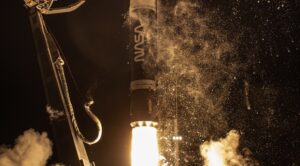
The successful launch of a NASA lunar cubesat mission was the culmination of two and a half years of work at Rocket Lab that, the company’s chief executive says, could enable “ridiculously low cost” planetary missions.
Space Force acquisition chief to meet with ULA and Blue Origin, expects Vulcan to launch in December
Tuesday, 28 June 2022 22:21
Frank Calvelli said he wants to make sure Blue Origin and ULA understand 'the importance of hitting their milestones' for the BE-4 and Vulcan
The post Space Force acquisition chief to meet with ULA and Blue Origin, expects Vulcan to launch in December appeared first on SpaceNews.
Virgin Orbit ready for first night launch
Tuesday, 28 June 2022 22:02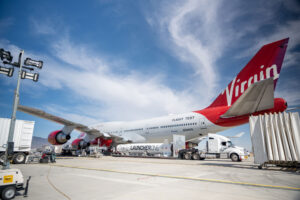
Virgin Orbit says it’s ready for a nighttime launch for the U.S. Space Force as it attempts to get into a more frequent rhythm of building and launching vehicles.
The post Virgin Orbit ready for first night launch appeared first on SpaceNews.
Ovzon needs to piggyback another Ariane 5 ride for late 2022 launch
Tuesday, 28 June 2022 17:15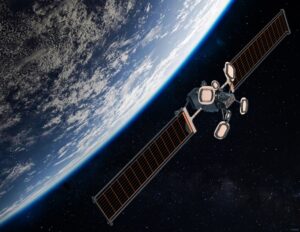
Arianespace is looking to move Ovzon’s first satellite to another Ariane 5 after Eutelsat switched to a dedicated mission to launch sooner.
The post Ovzon needs to piggyback another Ariane 5 ride for late 2022 launch appeared first on SpaceNews.
Chinese commercial launch firm Expace raises $237 million
Tuesday, 28 June 2022 14:38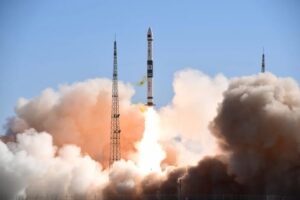
Chinese launch service provider Expace has secured $237 million in B round funding, following last week's return to flight of its Kuaizhou-1A solid rocket.
Op-ed | NASA’s Space Technology Mission Directorate is More Important Now Than Ever
Tuesday, 28 June 2022 14:16
Congress should fully fund NASA’s $25.97 billion FY23 budget request, including the full requested amount for STMD, as it drafts and advances the FY23 appropriations bills.
The post Op-ed | NASA’s Space Technology Mission Directorate is More Important Now Than Ever appeared first on SpaceNews.
Launch goes green with Spaceport hydrogen plan
Tuesday, 28 June 2022 13:00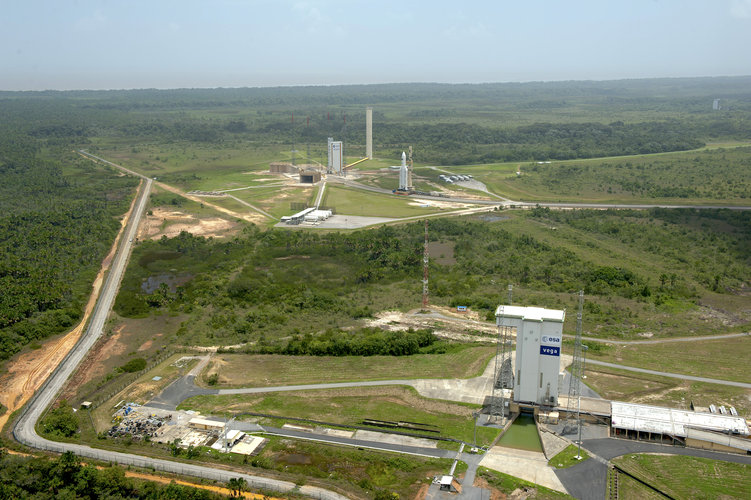
ESA, the French space agency CNES and a group of industrial and academic partners have set in motion an ambitious plan to slash CO2 emissions associated with orbital launches, by establishing infrastructure to underpin a hydrogen economy supporting Europe’s Spaceport in French Guiana.
Rocket Lab launches CAPSTONE microsat on NASA lunar mission
Tuesday, 28 June 2022 12:39 Rocket Lab USA, Inc. (Nasdaq: RKLB) has successfully launched CAPSTONE, a microwave-oven-sized satellite designed to test a new orbit around the Moon for NASA. CAPSTONE was launched at 09:55 UTC, June 28 on an Electron rocket from Rocket Lab Launch Complex 1 in Mahia, New Zealand. The mission was Rocket Lab's 27th Electron launch.
Designed and built by Tyvak Nano-Satellite Systems, a Terra
Rocket Lab USA, Inc. (Nasdaq: RKLB) has successfully launched CAPSTONE, a microwave-oven-sized satellite designed to test a new orbit around the Moon for NASA. CAPSTONE was launched at 09:55 UTC, June 28 on an Electron rocket from Rocket Lab Launch Complex 1 in Mahia, New Zealand. The mission was Rocket Lab's 27th Electron launch.
Designed and built by Tyvak Nano-Satellite Systems, a Terra NASA launches mini satellite in bid to return to the Moon
Tuesday, 28 June 2022 12:39 NASA blasted a nanosatellite barely bigger than a microwave oven into outer space Tuesday, part of a landmark mission to return humans to the Moon.
A rocket carrying the tiny CAPSTONE module successfully launched from New Zealand's eastern Mahia Peninsula to a deafening blast and a wash of fiery propulsion.
"We have liftoff!" NASA said in a statement shortly after the 09:55 GMT launch, d
NASA blasted a nanosatellite barely bigger than a microwave oven into outer space Tuesday, part of a landmark mission to return humans to the Moon.
A rocket carrying the tiny CAPSTONE module successfully launched from New Zealand's eastern Mahia Peninsula to a deafening blast and a wash of fiery propulsion.
"We have liftoff!" NASA said in a statement shortly after the 09:55 GMT launch, d Electrifying Space
Tuesday, 28 June 2022 12:00
For six decades, Spectrolab has been building the long-lasting solar cells that power satellites and spaceships. Next up: compact, ultra-powerful new solar arrays for the ISS.
The post Electrifying Space appeared first on SpaceNews.
Spectrolab electrifies space through advanced solar cell technology
Tuesday, 28 June 2022 12:00
For six decades, Spectrolab has been building the long-lasting solar cells that power satellites and spaceships. Next up: compact, ultra-powerful new solar arrays for the ISS.
The post Spectrolab electrifies space through advanced solar cell technology appeared first on SpaceNews.
Cygnus departs ISS after reboost test
Tuesday, 28 June 2022 10:40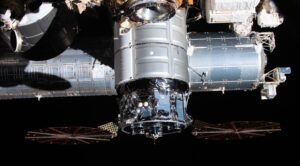
A Cygnus cargo spacecraft departed the International Space Station June 28, three days after it demonstrated its ability to raise the station’s orbit.
The post Cygnus departs ISS after reboost test appeared first on SpaceNews.
Electron launches CAPSTONE lunar cubesat
Tuesday, 28 June 2022 10:32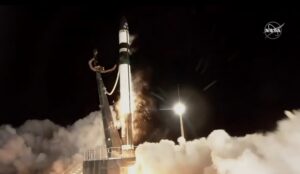
An Electron rocket successfully launched a NASA-funded cubesat mission June 28 that will test the stability of the orbit around the moon the agency plans to use for future Artemis lunar missions.
The post Electron launches CAPSTONE lunar cubesat appeared first on SpaceNews.

